Home ownership is both an investment and an expense. Arguably the most expensive thing any of us will ever attempt to own, a house has a lot of parts and pieces, all of which are subject to wear, tear and eventual decay.
Maintenance issues can start slowly but, without paying attention, a small problem can turn into a major expense. With that in mind, the folks at A1DesignBuild have a few tips to consider when taking stock of your home’s condition:
#1: Raise the Roof (Or At Least Inspect It)
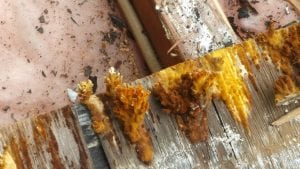
Clean and inspect the roof of your home every one to two years. In the especially damp and shady Pacific Northwest, this can help you control moss and lichen growth. Moss can grow aggressively and, in extreme cases, cause even composite shingles to become water-logged.
Common problem areas include chimney flashings, skylights and gutters. All are subject to issues from improper installation or prolonged exposure to the elements. Gutters should be frequently cleaned of debris, and gutter downspouts should be properly connected and large enough to carry debris away.
Roof cleanings can be done for under $150, but prices commonly depend on the size and pitch of your roof, among other things. However many years your roof is rated to last, its actual lifespan depends on how well you maintain it.
#2: Stay Mold-Free

Another common problem in wet Western Washington, many kinds of mold can grow both inside and outside your home. For those with sensitivities, mold can be downright toxic. Keep the relative humidity of your house, or at least a mold-prone area, below a maximum of 60 percent humidity. An ideal value is between 30 to 50 percent; a margin where mold cannot grow.
To measure humidity and mitigate mold, consider getting a dehumidifier or humidity-controlling thermostat.
#3: Don’t Get into Hot Water

When hot water heaters stop working, the results can be catastrophic. If a water tank breaks, the resulting flood can necessitate flooring, cabinetry and carpet repairs, among other expenses. Extensive damage can lead to insurance claims, which may or may not go well, depending on your policy.
A good water heater has a 10-year lifespan, but some last up to 15 years. Still, others might only make it eight or nine seasons before failing. The bottom line: know when your tank was installed, check it regularly and don’t wait too long to replace it.
And while you’re at it, annually inspect other heating equipment like your furnace. An HVAC company can inspect and clean your furnace for about $150.
#4: Be Your Own Biggest Fan
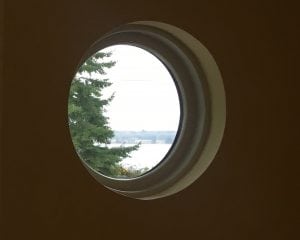
Interior fans clear the air and remove excess moisture from kitchens and bathrooms, among other places. Make sure your bathroom fans are operating properly. One way to test their effectiveness is by holding a square of toilet paper up to one; if the toilet paper isn’t sucked inward, the fan’s likely not functioning at full capacity.
Also make sure your fan is actually hooked up to functioning vents that are getting outside via an exhaust vent. Moisture will always try to escape from a room and, if you don’t give it a place to go, it will find a place, including through your walls. Failure to manage moisture and ventilation can lead to mold.
So, the next time you’re boiling pasta? Kick on the kitchen fan. Taking a shower? Always run the fan during and after. If you’re worried about leaving it on too long, consider installing a timer so it shuts off automatically after you’ve left for work.
#5: Check the Places Where Nobody Goes
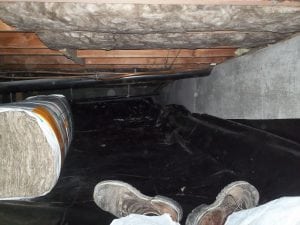
Most people don’t like poking around in their home’s dark and dingy spaces. In fact, many homeowners avoid it. If you won’t inspect it yourself, get a professional to look at your attic and/or crawl space at least once a year. Many mechanical functions, including air ducts, water and electrical lines, and even dryer vents, are routed through these areas.
Attics and crawl spaces are also important because, while you can’t see through the walls of your entire house, you can often see the inside walls of these areas. Often, they can alert you to preliminary signs of damage, like standing water, vapor damage, insulation damage and mold.
#6: Caulk it up to Good Sense
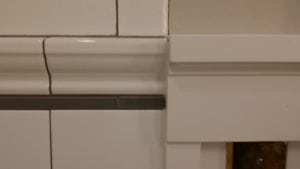
Believe it or not, caulk can be your first line of defense in home maintenance. Whether inside or outside, most caulking tends to only protect for a couple years. Any place that’s been caulked will eventually need to be re-caulked. Outside, check windows, doors and other exterior openings. Inside, look at bathtubs, sinks, toilets, showers and backsplashes.
Also consider re-sealing any natural stone (like slate or granite) tiles or countertops every year or two. Be sure to remove previous layers of caulk instead of caulking over them. Tubes of caulk aren’t very expensive; water damage can be.
#7: You Gotta Vent
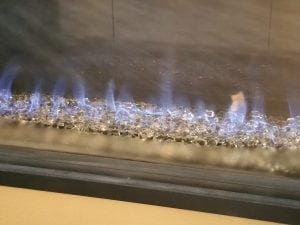
Inspect and clean your dryer vent at least once a year. If you can’t feel or see stuff coming out of your outside vent, you’ve likely got a clog inside it. Not clearing it could eventually lead to a fire. Whether your vent set-up is close to the ground or higher up on your house, consider a better dryer vent hood: some can allow you to easily suck out debris via a shop-vac.
#8: Lights from Beyond
Blinking, flashing lights are less indicative of spiritual visitation and more indication of electrical issues. Get an electrician if it’s not an easy fix.
#9: Wood is good
If your home has a quality hardwood floor, there’s likely no need to replace it. Re-finish and re-stain, as hardwood flooring can often last as long as the house itself.
#10: Landscaping and Critters
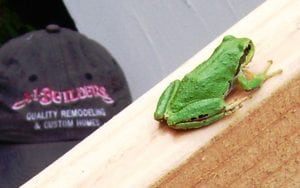
Vegetation retains moisture, and having too much of it too close to your home can be like putting a sponge against it. Typically, no vegetation should be within 18 inches of the structure. It doesn’t mean you have to get rid of a bush or shrub, but you should definitely trim them.
Excess vegetation can also be a pathway for animals or insects, including ants, to find wall cavities and climb inside. If possible, check roof gaps, crawl spaces/attics, vents, foundation cracks or any holes where rodents might get in, and make sure they can’t.
#11: Water Always Wins
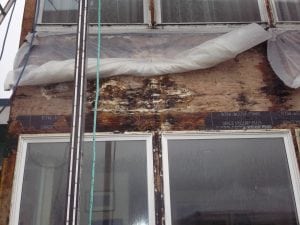
Having your home properly waterproofed might be the most critical aspect of preventative home maintenance. Many areas are often vulnerable to what’s known as “capillary action,” when pressure can draw water into places you wouldn’t expect to see it.
Check doors and windows, making sure they’re flashed properly. Check the end-grain on boards, as water damage will often show up there. It’s not uncommon for waterproofing in certain areas to be improperly done. Areas constantly impacted by rain and wind are especially important to waterproof.
Also be sure check anything that water moves through inside your home. Shutoff valves, wax rings on toilets and many other simple knobs will eventually need replacing. If it leaks, fix it immediately.
In addition to the above tips, A1DesignBuild offers a pre-remodel condition evaluation or PRCE. For $400 to $500, they’ll conduct a thorough inspection based on general maintenance and health and safety, giving you a complete idea of your home’s condition and what needs to be worked on.
Whether you’re a do-it-yourselfer or prefer a professional, take care of your home so it can keep taking care of you.
Sponsored








































